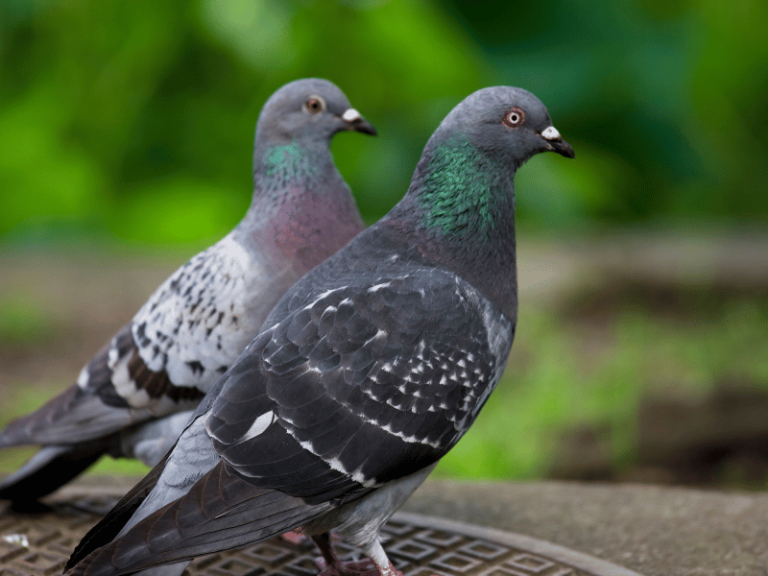The secret behind pigeons’ ability to fly long distances without getting lost has been uncovered through extensive scientific research.
Scientists believe that besides possessing the typical characteristics of birds suited for flight, pigeons have a special feature between their eyes that allows them to measure changes in the Earth’s magnetic field during long flights. In one experiment, scientists equipped twenty trained pigeons with different devices: ten had small magnets attached to their wings, while the other ten had copper plates. When released, eight out of the ten pigeons with copper plates returned home within two days. In contrast, only one of the pigeons with magnets returned after four days, and it appeared exhausted. This suggests that the magnets created a magnetic field that interfered with the Earth’s natural magnetic field, preventing the pigeons from orienting themselves and finding their way home.
Further research indicates that pigeons can sense latitude and have different sensations in different latitudinal regions. In one experiment, pigeons trained and released in location A, which had a distinct pigeon loft, were transported along with the loft to location B. Both locations were on the same magnetic strength line and latitude. When the pigeons were released near location B, despite the unfamiliar surroundings, most flew toward location B instead of returning to location A, demonstrating their ability to sense magnetic forces and latitude for navigation.
Additionally, pigeons are known for their intelligence, bravery, and perseverance. When facing dangers such as predators, crossing the sea, or encountering storms, they can remain calm and make wise decisions.
Due to their homing ability over long distances, pigeons have been used throughout history for communication in navigation, fishing, and military operations. For instance, on June 5, 1916, during the German bombardment that destroyed communication equipment at the French fortress of Verdun, a single carrier pigeon was sent for help, and reinforcements arrived soon after, saving the fortress.
Pigeons’ long-distance flying skills are developed through gradual training by their owners. Training young pigeons requires patience; they should first familiarize themselves with the surrounding environment. Subsequently, they should be released for training flights when hungry. Initial flights should be short, and upon returning, the pigeons should be fed immediately and provided with water for bathing and resting. As the young pigeons grow stronger, the direction and location of flights can be varied, and the distance can be gradually increased. Excellent carrier pigeons can even be trained to fly at night.

